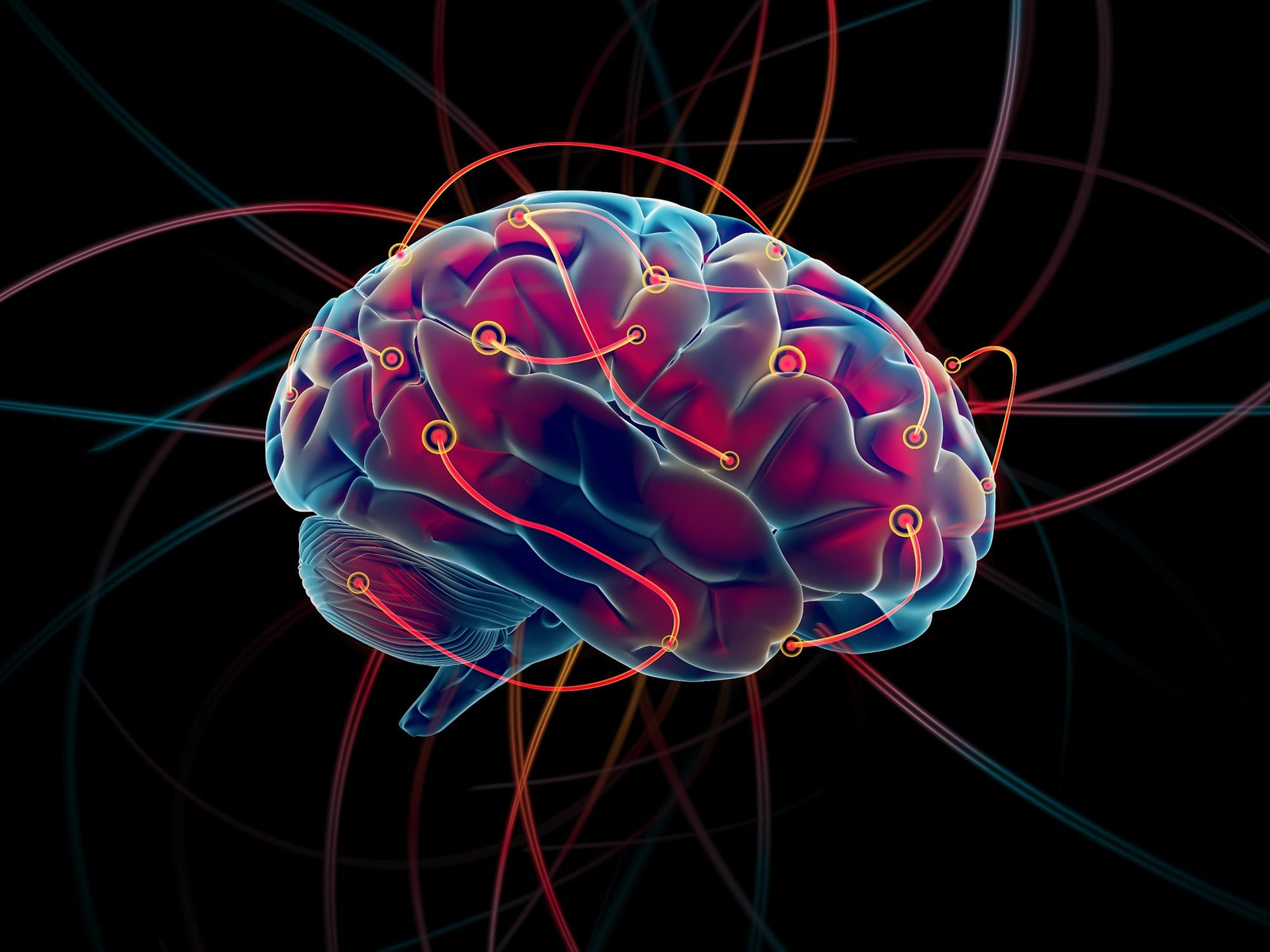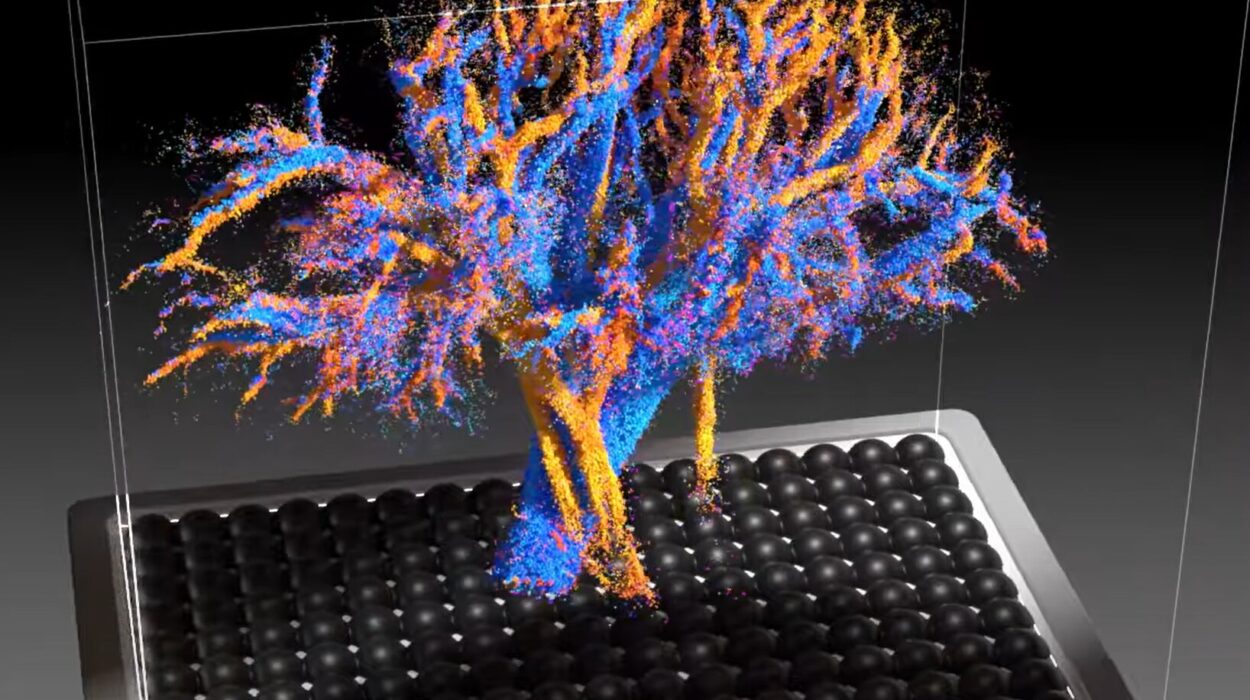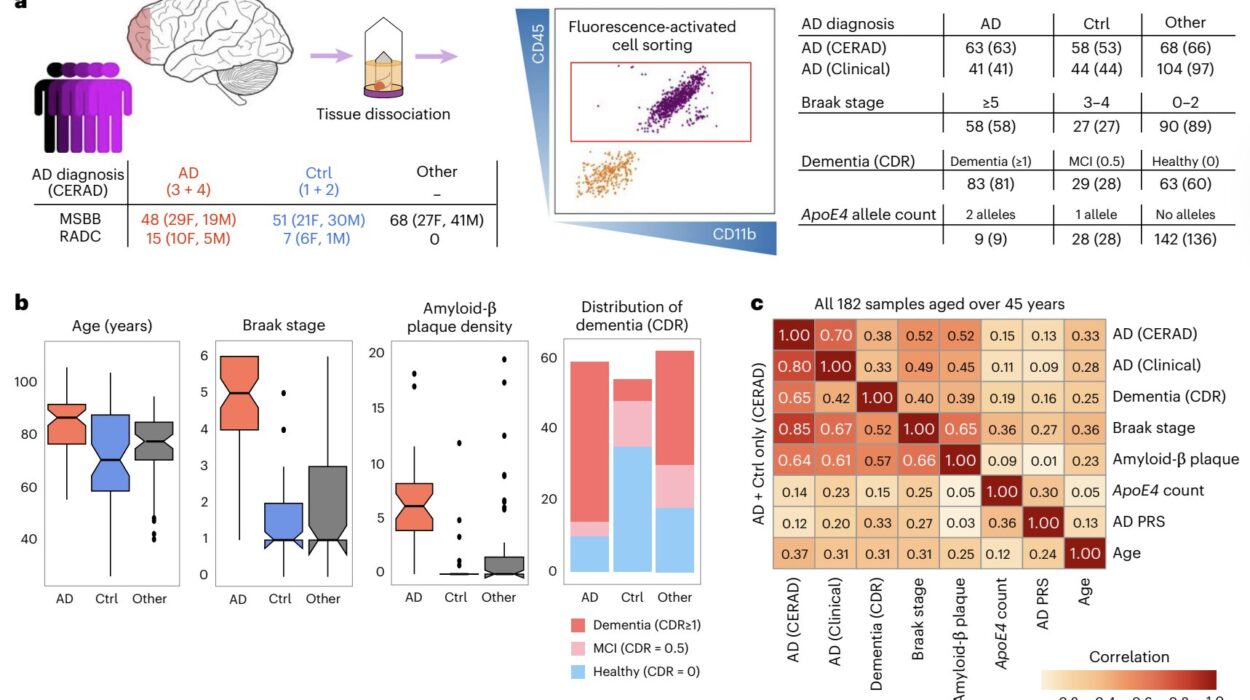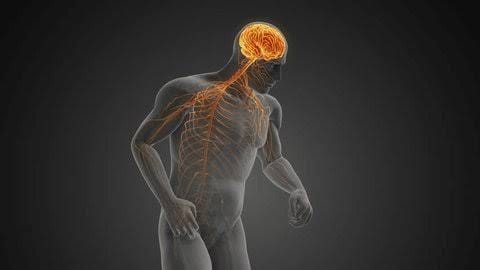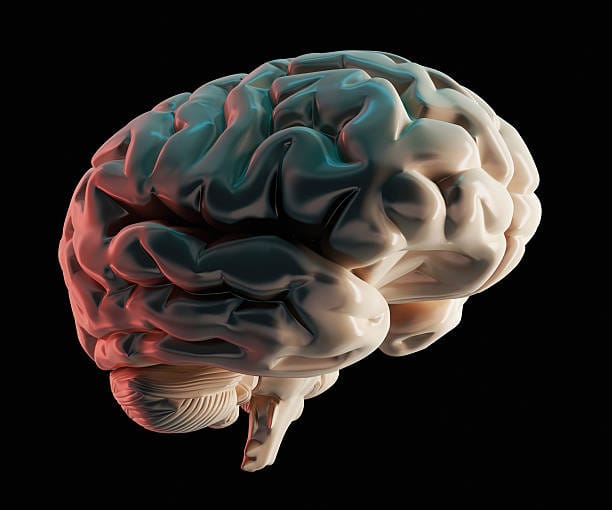Imagine walking through a dense forest, the path winding unpredictably between ancient trees. Despite the labyrinthine tangle of branches and shadows, you effortlessly find your way, guided not by a physical map or a digital device, but by an internal sense—a mental compass deeply embedded in your brain. This remarkable ability to navigate complex environments, to know where we are and where we need to go, is something humans and many animals possess naturally. But how does this invisible GPS work? What mechanisms allow the brain to translate sensory input into spatial awareness and purposeful movement? The quest to understand this internal navigation system has unveiled some of the brain’s most fascinating secrets, revealing intricate neural circuits and specialized cells that encode our position, orientation, and destination.
In this article, we will embark on a journey into the neuroscience behind spatial navigation. We will explore how the brain constructs mental maps, how specific brain regions coordinate this function, and what happens when this system malfunctions. Along the way, we will delve into compelling scientific discoveries, from the pioneering studies of John O’Keefe to the recent findings on grid cells and head direction cells. By illuminating how we navigate our world, we come closer to understanding a fundamental aspect of cognition—the ability to experience space and movement not as abstract concepts but as lived, embodied reality.
The Evolutionary Roots of Navigation
Navigation is as ancient as life itself. For animals to survive, they must locate food, evade predators, find shelter, and migrate across vast distances. These imperatives have shaped complex spatial skills through evolution. Even the simplest creatures, such as insects, exhibit remarkable navigational strategies. Bees perform intricate dances to communicate the location of flowers, while ants create mental maps of their environment to find the shortest path home. But human navigation is particularly sophisticated, relying on a combination of sensory inputs, memory, and abstract reasoning.
The evolutionary emergence of a neural navigation system reflects this need. Animals with better spatial orientation had clear survival advantages. The ability to remember locations, recognize landmarks, and plot efficient routes is critical not just for physical survival but for social organization and exploration. Over millions of years, the brain has developed specialized structures that serve as the foundation of this internal GPS, enabling an organism to represent its position in the world in a dynamic and flexible way.
The Hippocampus: The Brain’s Mapping Center
At the heart of our understanding of the brain’s GPS lies a small, seahorse-shaped structure known as the hippocampus. This part of the brain, nestled deep within the temporal lobe, has long been associated with memory. Yet its role goes far beyond simple recollection. In the 1970s, neuroscientist John O’Keefe made a groundbreaking discovery that would redefine the hippocampus’s function: he identified “place cells” in the hippocampus of rats that activate when the animal is in a specific location in its environment.
These place cells create a cognitive map—a neural representation of the surrounding space. Each place cell fires only when the animal is in a particular spot, and the combined activity of many such cells forms an internal map that updates continuously as the animal moves. This discovery suggested that the hippocampus is not merely a memory center but a spatial processor, encoding location and enabling navigation.
Subsequent research has shown that the hippocampus works in conjunction with other brain regions to support spatial memory and navigation. In humans, damage to the hippocampus often leads to profound disorientation and difficulties in forming new spatial memories. Famous cases, such as patient H.M., revealed that while other memories may remain intact, the ability to remember new environments or navigate unfamiliar places can be severely compromised.
Grid Cells and the Neural Metric of Space
While place cells provide location-specific information, the brain’s internal GPS relies on additional components to encode spatial relationships more precisely. In 2005, a team of neuroscientists led by Edvard and May-Britt Moser in Norway discovered “grid cells” in the entorhinal cortex—a region adjacent to the hippocampus. Unlike place cells that respond to a single location, grid cells fire in multiple locations that form a hexagonal grid pattern across the environment.
This firing pattern is astonishingly regular, like a graph paper laid over physical space, allowing the brain to measure distances and directions with remarkable accuracy. Grid cells provide a coordinate system, or metric, for space, enabling path integration—calculating position based on movement without external cues.
The discovery of grid cells revolutionized our understanding of spatial navigation, revealing that the brain uses an internal coordinate system to map the environment. This mechanism allows animals and humans to keep track of their position even in the dark or when landmarks are unavailable.
Head Direction Cells: The Neural Compass
In addition to place and grid cells, the brain contains “head direction cells,” which encode the orientation of the head in space, much like a compass needle pointing north. These cells were discovered in the early 1990s in rodents and have since been identified in multiple brain regions, including the thalamus and the entorhinal cortex.
Head direction cells fire maximally when the animal’s head is pointed in a particular direction, regardless of the animal’s location. They provide a critical reference frame for navigation, helping the brain understand its orientation relative to the environment. This directional information complements the positional data from place and grid cells, enabling coherent navigation.
Together, place cells, grid cells, and head direction cells form the core components of the brain’s internal navigation system. They interact dynamically, updating the brain’s spatial representation as the individual moves through the world.
Path Integration and Landmark Navigation
Navigation depends on two complementary strategies: path integration and landmark navigation. Path integration uses self-motion cues such as vestibular input, proprioception, and motor efference to track changes in position relative to a starting point. This allows an animal or person to calculate their current location by integrating their movement over time, a process supported by grid cells and head direction cells.
Landmark navigation, by contrast, relies on external sensory information—visual, auditory, or olfactory cues—to orient oneself in space. Landmarks serve as anchor points in the cognitive map, providing stable references that reduce the accumulation of error in path integration.
Humans excel at combining these strategies flexibly. In familiar environments, landmarks dominate navigation, while in novel or featureless spaces, path integration becomes essential. The brain’s remarkable ability to switch between these modes depends on interactions between the hippocampus, entorhinal cortex, and neocortex.
The Role of Vision and Multisensory Integration
Vision plays a central role in navigation, but it is by no means the only sense involved. The brain integrates information from multiple sensory modalities to build a robust spatial representation. The vestibular system in the inner ear provides crucial information about balance and head movement, enabling path integration even without visual input.
Proprioceptive feedback—information from muscles and joints about body position—also informs the brain about movement through space. Auditory cues, such as echoes and ambient sounds, help orient the listener, particularly in dark or enclosed environments.
The integration of these sensory inputs occurs in complex neural networks spanning the hippocampus, parietal cortex, and other association areas. This multisensory convergence ensures that spatial perception remains accurate and adaptable in varying conditions.
Navigation in the Human Brain: Beyond Rodents
Much of what we know about the brain’s navigation system comes from animal studies, particularly rodents. However, human navigation involves additional complexities linked to higher cognitive functions such as language, planning, and abstract reasoning.
Neuroimaging studies in humans have confirmed the involvement of the hippocampus and entorhinal cortex in spatial navigation tasks. Functional MRI scans reveal increased activity in these regions when subjects navigate virtual environments or recall routes.
Moreover, humans use symbolic and conceptual maps, allowing navigation in abstract spaces—such as navigating social networks or conceptual knowledge—suggesting that the spatial navigation system may underpin broader cognitive functions.
The Neuroscience of Wayfinding: How We Solve Spatial Problems
Navigation is not a passive process but an active problem-solving exercise. Wayfinding involves planning routes, predicting obstacles, and making decisions at choice points. These processes engage the prefrontal cortex, responsible for executive functions such as attention, working memory, and decision-making.
When navigating, the brain continuously updates its spatial map and evaluates possible paths. The interaction between the prefrontal cortex and the hippocampus facilitates flexible route planning and adaptation to changing environments. This dynamic interplay exemplifies how navigation integrates spatial perception with higher cognitive abilities.
Disorders of Navigation: When the GPS Fails
Studying individuals with navigation impairments has provided profound insights into the brain’s spatial system. Damage to the hippocampus, entorhinal cortex, or related areas can cause severe disorientation and difficulties in forming new spatial memories—a condition known as topographical disorientation.
Alzheimer’s disease often involves early degeneration of the entorhinal cortex and hippocampus, leading to one of the hallmark symptoms: getting lost, even in familiar surroundings. Understanding these deficits guides the development of diagnostic tools and interventions to support patients.
Other conditions, such as developmental topographical disorientation, affect individuals without evident brain damage, suggesting that navigation relies on a finely tuned neural network vulnerable to subtle dysfunction.
The Future of Spatial Cognition Research
The study of the brain’s internal GPS is a rapidly evolving field. Advances in imaging technology, electrophysiology, and computational modeling continue to reveal new details about how we perceive and navigate space.
Researchers are now exploring how navigation relates to memory consolidation during sleep, how spatial coding varies across species, and how artificial intelligence systems might mimic biological navigation. The goal is to develop a comprehensive understanding of spatial cognition that integrates cellular, systems, and behavioral levels.
Moreover, insights from navigation research have practical implications, from improving wayfinding in virtual reality and robotics to developing therapies for cognitive disorders.
Conclusion: The Journey Within
Our ability to navigate the world is a profound expression of the brain’s creative power—a dynamic process that blends perception, memory, and prediction into an elegant internal symphony. The brain’s GPS is not a static device but a living system, continuously constructing and updating maps that guide us through space and time.
By unraveling the mysteries of this internal compass, science illuminates not only how we move through physical environments but also how we organize experience, learn, and imagine. The brain’s navigation system connects us to the world, anchors us in place, and propels us forward on the endless journey of discovery.
As we stand at the intersection of neuroscience and exploration, the story of how the brain navigates reminds us that every step we take is guided by an invisible constellation of neurons—our very own star map, lighting the path through the vast unknown.
